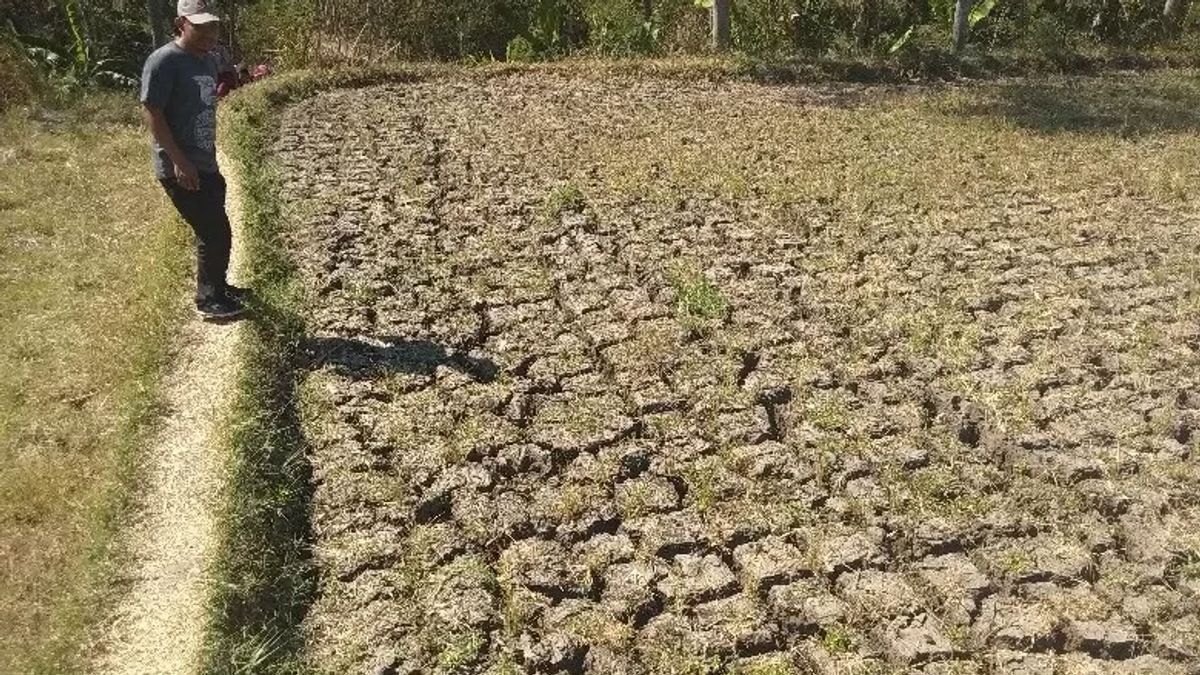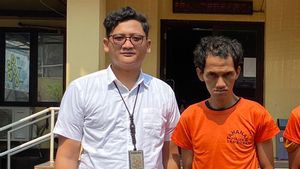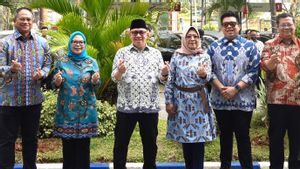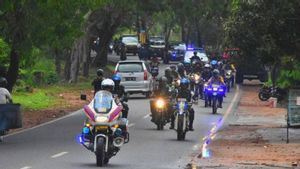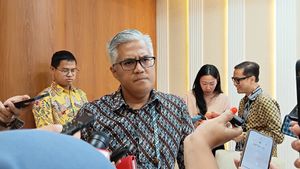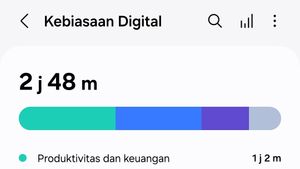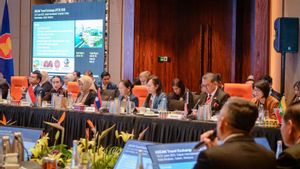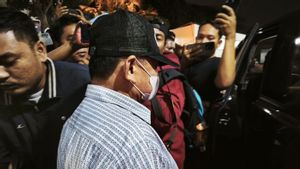CIREBON - The Department of Agriculture (Distan) of Cirebon Regency noted that around 878.5 hectares of rice fields in Cirebon Regency, West Java experienced drought due to the El Nino phenomenon.
Secretary of the Cirebon Regency Agriculture Service, Nanang Ruhyana, said that the number of lands affected by drought continues to expand. Last September, only 500 hectares of rice fields experienced drought.
Hundreds of hectares of agricultural land, said Nanang, spread over 29 sub-districts from the east to west.
The area of rice fields currently planted is 22,137 hectares and 878.5 hectares of land has experienced drought. We predict it will continue to expand," said Nanang, Thursday, October 5.
Based on the results of the search by the Cirebon Regency Distan, it was found that 1,629 hectares of land were vulnerable to drought in the near future.
Nanang said that his party is currently taking a number of strategic steps to reduce the impact of this phenomenon, including water management and providing water support equipment.
"We are also currently looking for water sources that can be used and if they exist, the capacity will be increased," said Nanang.
In addition, the Cirebon Regency Distan proposed to the National Research and Innovation Agency (BRIN) to prepare a scenario for weather modification or rain in Cirebon Regency.
Cirebon Regency is the worst area to experience a drought in the North Coast (Pantura) of West Java.
The Sub-Coordinator of the Disaster Management Agency for Regional Disaster Management Agency (BPBD) of Cirebon Regency, Juwanda said, this condition occurred because the working area had been raining for the past three months.
As a result, Cirebon Regency is the dryest area compared to areas in the Pantura area, West Java.
"Until mid-September, Cirebon has not yet rained. We are worried that the number of affected villages will continue to expand," said Juwanda.
The Cirebon Regency BPBD noted that the drought that occurred made it difficult for 58,728 residents to get clean water.
Based on this data, tens of thousands of residents who had difficulty getting clean water were in 15 villages from 9 sub-districts.
SEE ALSO:
The villages are Karanganyar Village (Panguragan District), Dukuh (Kapetakan District), Girinata (Dupantang District), Slamit (Klangenan District), Sampiran (Talung District), Gempol (Gempol District), Karanganyar (Gangwareng District), and Seuseupan (Karangwareng).
In addition, Windu Haji Village (Sedong District), Karangwuni (Sedong District), Sedong Kidul and Sedong Lor (Sedong District), Windujaya (Sedong District), Sibubut (Gegesik District), Mundu Pesisir (Mundu District).
The English, Chinese, Japanese, Arabic, and French versions are automatically generated by the AI. So there may still be inaccuracies in translating, please always see Indonesian as our main language. (system supported by DigitalSiber.id)
